10 Big Macs Around The World Slideshow
India made our list of 10 Unique McDonald's Meals Around the World for serving the Maharaja Mac in place of the Big Mac. Due to religious reasons, the Maharaja Mac replaces the two all-beef patties with chicken patties. It also has 25 less calories than the American version, with 525 calories, 26 grams of protein, 26 grams of fat, and 47 carbohydrates. Perhaps most shocking about the Maharaja Mac is that it has more than 1,000 milligrams of sodium. It costs $1.50 (90 rupees), $3.06 less than in the U.S., and is the cheapest Big Mac on the Big Mac Index.
9. South Africa
The South African Big Mac comes with a 100 percent beef patty, onions, lettuce, and a tomato, which many other Big Macs do not have. It has 39 carbohydrates, 26.4 grams of fat, and 973 milligrams of sodium. It costs $1.82 (18.33 rand), making it significantly cheaper than many of the other options on our list, and $2.74 cheaper than an American Big Mac.
8. Japan
For Japan's Big Mac, McDonald's sources their 100 percent beef patties from Australia and New Zealand. It is relatively standard as compared to sandwiches from other countries, with 557 calories, 25.5 grams of protein, 30.5 grams of fat, and 45.2 carbohydrates. The going rate for a Japanese Big Mac is $3.20 (¥320.00).
7. New Zealand
The Big Mac from McDonald's in New Zealand uses beef from regions like King Country and Canterbury. It is about 55 calories less, at 495 calories, and has 26 grams of protein, 25.9 grams of fat, 36 carbohydrates, and 1,040 milligrams of sodium. Their website advertises the use of sunflower and canola oil as a healthier option, although only looking at the calories, it doesn't seem to have made much of a difference. The Big Mac from New Zealand costs $4.30 (NZ $5.50).
6. Turkey
A Turkish Big Mac has all of the classic ingredients, and does not specify the origin of the two 100 percent beef patties. It has 480 calories, which is 70 calories less than that of an American Big Mac, 28 grams of fat, and 43 carbohydrates. It costs $4.35 (8.50 lira), and falls in the middle range of cost on the Big Mac Index.
5. France
French McDonald's gets 52 percent of their beef from France, and the remaining from the Netherlands and Ireland. It has 510 calories, which is 40 calories less than that of an American Big Mac. It contains 27 grams of protein, 41 carbohydrates, 26 grams of fat, and costs around $4.66 (€3.62).
4. Israel
Israeli McDonald's is one of the most interesting in that it abides by kosher laws and practices. In keeping with these traditions, the Israeli Big Mac does not have cheese and is made with kosher meat. That could explain why there are fewer calories in his burger, with only 379 as opposed to that of the United States, which has 550. Despite these differences, it is ultimately not that different in cost, ringing up at $4.80 (17.50 shekels).
3. Brazil
A Brazilian Big Mac costs slightly more than one in the U.S., coming in at $5.28 (12 real), but is also almost 55 calories less than the American burger with only 494 calories. It has 40 carbohydrates, 25 grams of protein, and 817 milligrams of sodium. Their website advertises a 15 percent reduction in the use of sodium in the sandwich, which would explain why the number is 153 milligrams less than that of an American Big Mac. Additionally, the McDonald's Brazil website advertises that their beef comes from Argentina.
2. Sweden
A Swedish Big Mac, one of the more expensive options, has 505 calories, 36 grams of protein, 42 carbohydrates, and 36 grams of fat. The source of their beef is unknown and Sweden ranks high on the Big Mac Index, coming in at $6.16 (41.61 SKr), which is $1.60 more than in the United States.
1. Norway
Norway's Big Mac is the most expensive on the Big Mac Index as of July 2013, coming in at a shocking $7.51 (46 NOKK), which is $2.95 more than its United States counterpart! It is made up of 100 percent Norwegian beef, processed Cheddar cheese, pickles, lettuce, and a sesame seed bun. It has 510 calories, which is 40 calories less than an American Big Mac, which makes for a surprising amount of disparity between two of the "same" product.
